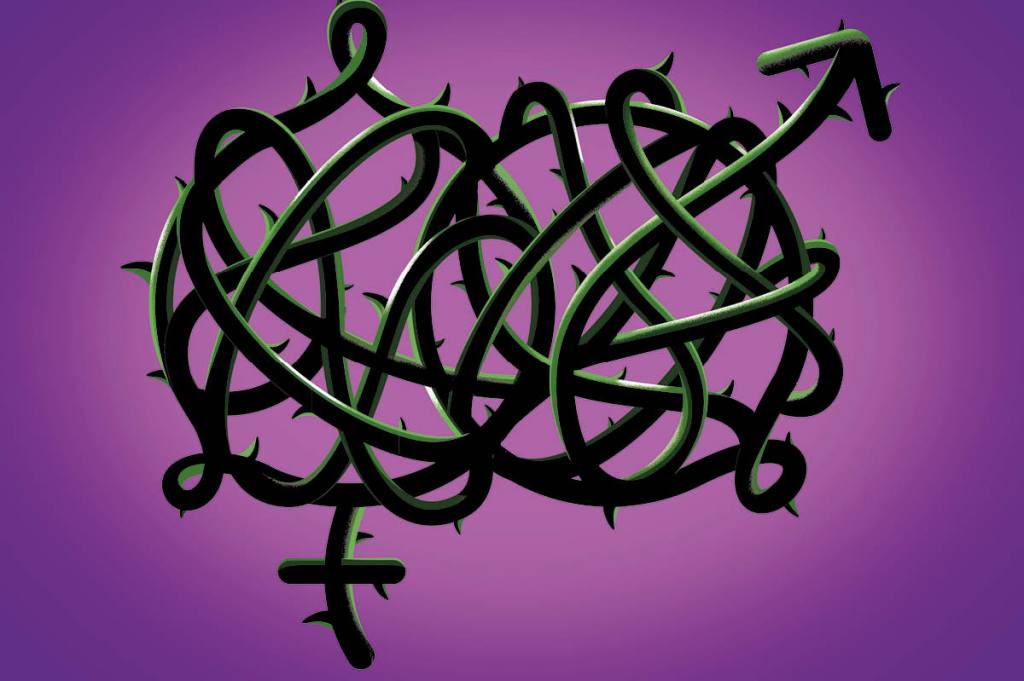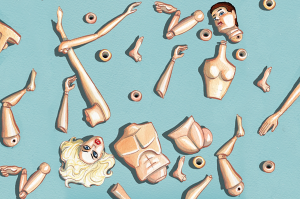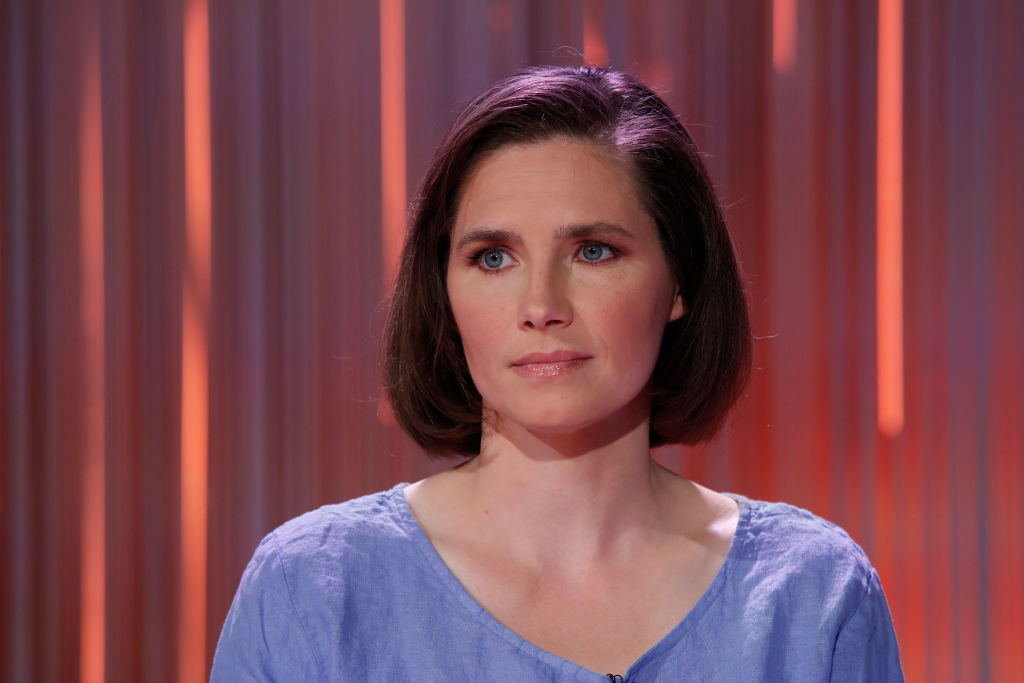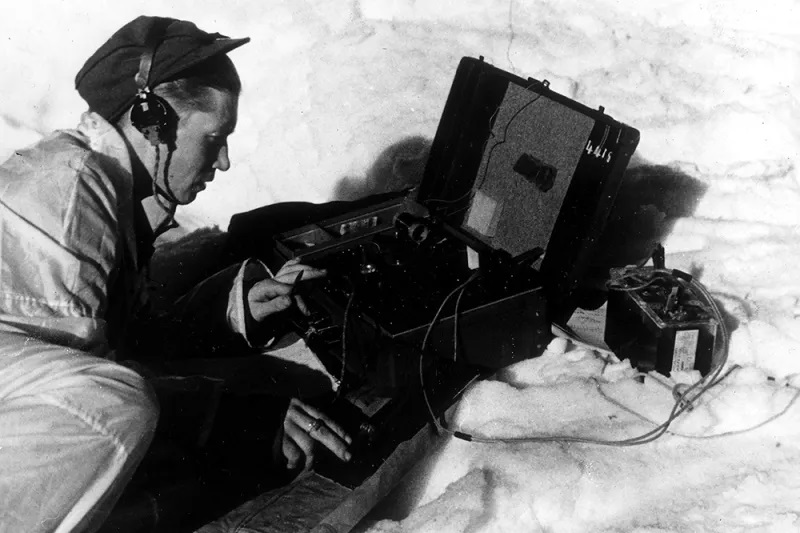Gay icon Judy Garland. Folk queen Judy Collins. Now, we have the lesbian saint Judith Butler (as of 2020, they/them saint Judith Butler.)
Once resigned to recognition on college campuses for their unreadable 1990 tome Gender Trouble, which posited that gender is a performance, the queer theorist and Berkeley professor took off as a mainstream hero in the past decade. Tumblr kids reposted quotes from their lengthy, poorly written academic work. New York magazine declared Butler a “pop celebrity.” In March, Farrar, Straus and Giroux published Butler’s first commercial book, Who’s Afraid of Gender? Its prolonged roll-out aims to credit Butler for “birthing” the nonbinary and trans identities of the twenty-first century. It’s as much a publicity stunt as a book. But a closer reading of Butler’s new book Who’s Afraid of Gender? and the endless press campaigns reveals Butler isn’t as daring as they — or their PR team — suggest.
Where Butler’s nemesis Camille Paglia identified as transgender in the Nineties, Butler publicly assumed the nonbinary label in 2020. You won’t find a mention of transgender people in Gender Trouble. Butler’s few mentions of transsexuals present them as fetishists:
Transsexuals often claim a radical discontinuity between sexual pleasures and bodily parts. Very often what is wanted in terms of pleasure requires an imaginary participation in body parts, either appendages or orifices, that one might not actually possess, or, similarly, pleasure may require imagining an exaggerated or diminished set of parts.
Butler equates transsexuals with cross-dressers getting off on phantom limbs.
They write more about homosexuals but from a surface level, discussing drag over a dozen times but only mentioning the phrase “anal sex” twice. The first time, they deconstruct it: “Since anal and oral sex among men clearly establishes certain kinds of bodily permeabilities unsanctioned by the hegemonic order, male homosexuality would, within such a hegemonic point of view, constitute a site of danger and pollution, before and regardless of the cultural presence of AIDS,” they write. But they barely describe what they’re deconstructing, writing Gender Trouble from the point of view of an elite, prissy academic and refusing to acknowledge what it actually means to be a gay man: to put your penis in an anus or to receive one there. Gender Trouble can handle a man in a dress and an analysis of Lacan’s academic view of the phallus. Butler can’t handle a description of gay sex. The most sex she can cope with is discussions of “erotic” scenarios. She says “erotic” over and over again — at least the Westboro Baptist Church is brave enough to shout, in longing detail, about what gay men do in a bedroom.
Butler’s acolytes argue that they were writing about gender in 1990, not sexuality, but the author mentions the word “homosexual” 158 times in Gender Trouble. The key part of being a homosexual is sex. If Butler were truly bold, they would venture into the actual aspects of homosexuality.
Of course, none of this matters for their 2024 book campaign. They’re taking a victory lap for unleashing the gender forces that now trouble America. But I wonder if the credit is overblown. Yes, Butler invaded liberal arts college campuses thirty years ago with the message that gender is a performance, but RuPaul’s Drag Race has ranked as one of cable’s top shows for over a decade, and he has also banked on this point for years: “We were all born naked, and the rest is drag.” Oprah — Oprah! —interviewed him about the phrase.
Do we really believe the trans revolution burst into the mainstream because some teens started copying and pasting Gender Trouble quotes on Tumblr? This all erupted after Caitlyn Jenner announced her transition. Before Jenner, trans wasn’t a household phrase. Butler didn’t even identify as nonbinary till 2020. Jenner, though, is problematic — a registered Republican. For polite LGBTQ liberals, she’s an inconvenient trans: too risky, and less safe than Butler.
The marketing campaign for their book is just the start of Butler’s failures. For as much as they complain about “incendiary attacks on critical thinking,” Butler fails to step out of the classroom and think. In Who’s Afraid of Gender? once again, they refrain from honest discussions about gay sex. We do, of course, get two polite discussions about bakers refusing to bake cakes for gay weddings and thirty-one references to rape. (She’s late for #MeToo and the cake wars, but never underestimate Butler’s tendency to jump into movements once the powers that be approve it.)
Butler structures their first consumer-facing book as essays on the forces that oppose the new gender framing — the Vatican, Trump, Midwestern librarians. In other words, it’s structured like a gay influencer’s essay collection. Except instead of a rip-off Jia Tolentino, Butler delivers a slightly neutered version of their unreadable, lengthy, circular, straining trademark prose. (My Catholic high-school English teacher would have beaten me if I turned in an essay with the number of run-on sentences found in Butler’s book.) Never before has a commercial book used the phrases “this book” and “as we will see” so often. Farrar, Straus and Giroux positions Who’s Afraid of Gender? as if it’s on some sort of cutting edge, but Butler is devoting entire chapters to J.K. Rowling, British TERFs and Donald Trump in the year of our lord 2024. We’ve all read these rants before. At least, American trans hysterics are readable when they’re spouting off about Rowling.
On occasion the book descends into camp. I burst into laughter reading, “And those rights and freedoms should ideally be linked with an anti-colonial and anti-imperial struggle, which centrally includes freedom from debt as a political demand.” I wondered, is Butler religiously opposed to debt? Occasionally, they tell on themself. When they write about conservatives, “the more contradictory the movement, the more influential its discourse,” they could be writing about the gender movement.
Butler can be as conspiratorial as their opponents. Multiple chapters delve into the Vatican. “We could also try to provide a history that accounts for how gender came to be looked at in this way, paying attention to both its secular and religious versions, noting how right-wing Catholics and Evangelicals overcame some of their differences in their battle against a common enemy,” they write. On what planet do Evangelicals care about the Pope’s gender rules? Outside of comparing Catholic and Evangelical texts and name-dropping some allegedly anti-queer groups like CitizenGo, they fail to prove a direct link between the Vatican and Evangelicals. If Butler left their library, stopped reading “texts” and spoke to some Christians, they might have understood how Christianity works. Instead, they drift into the conspiratorial, sounding like a gender-queer Alex Jones.
Like their opponents, Butler treats homosexuality as gender. One chapter revolves around homophobic American Christians, who pushed Uganda to keep homosexuality a crime. If gender is different from sexuality, why is this in a book called Who’s Afraid of Gender? I struggle to believe Ugandan homosexuals are at the forefront of liberal arts gender theory. Butler never draws out the well-publicized link between these American homophobes in Uganda and the International House of Prayer, the evangelical group that pushed to ban Pornhub. As in Gender Trouble, Butler refrains from discussing the grimy, sexier elements of homosexuality. Porn is too icky for the Ivory Tower. Again, at least conservatives can describe sex when they hate its practitioners.
Discussion of the Vatican conspiracy continues in the chapter on Trump. “If he sought to galvanize Christian conservatives, then miming the language of the Vatican was probably a smart tactic,” they write. But Trump doesn’t obey the Pope. He follows his instinct or the advice of the most recent lunatic he’s spoken to. Trump isn’t even Catholic, but Butler writes about him like they’re an Irish-phobe describing JFK in 1962.
Butler’s Trump hatred blinds them to what makes his gender performance interesting. Butler misses a golden opportunity to do what gender academics love to do: complexify Trump and analyze his gender performance. Trump says one thing to Evangelicals, then poses with a rainbow flag with “LGBTs for Trump” written on it in Sharpie. He wears makeup. As Roseanne Barr said in a meme, he was the first female president because he acted like a stereotypical petty woman. But Butler reduces Trump to his gender assigned at birth. Trump, meanwhile, is transphobic one second, letting Caitlyn Jenner use the women’s restroom in his tower the next.
Conservatives might fear gender, but Butler fears saying anything cutting-edge. Maybe we should praise Saint Caitlyn instead.
This article was originally published in The Spectator’s April 2024 World edition.


























Leave a Reply